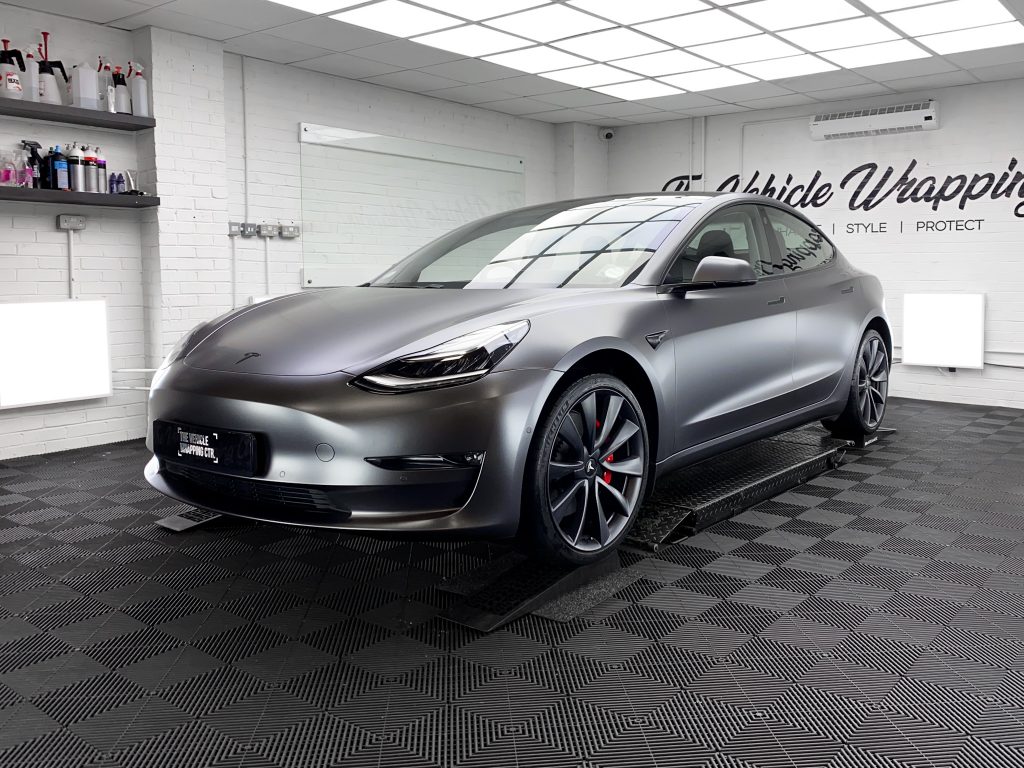15 fuel-saving tips for motorists in 2022
UK fuel prices skyrocketed in March 2022, from 149.2p for petrol and 153.4p for diesel at the start of the month, to 162.7p and 176.4p respectively at the end.
Things levelled off in April with little more change, but overall by April 25th, petrol was up 36p per litre year-on-year (an increase of about 30%), while diesel was up a punishing 46.6p (36%).
With all of this in mind, let’s take a look at some simple fuel-saving tips that can help to bring your petrol costs back down, even before the wholesale price starts to fall again.
First things first
First of all, think about your fuel consumption and costs. Do you think your own behaviour is contributing to how much you spend? Is your car the culprit? Or are you at the whim of the wholesale petrol prices? It’s likely a combination of all three, but this will give you an idea of what to target first.
1. Get your car serviced
Regular servicing helps to make sure your car runs efficiently, and will also keep it running for longer without a breakdown. You’ll save on fuel and on potentially costly repair work alike. Check out our blog on engine tuning for more info.
2. Get your oil changed
If you haven’t had an oil change in a while, consider getting new oil put in. The right oil, freshly installed, will help your engine run efficiently too. You might even want to change oil as we move into summer, as different lubricants offer optimum performance in summer than in the colder winter months.
3. Change your vehicle
It might sound extreme, but changing your car completely could be worth considering. Petrol is significantly cheaper than diesel and you could even switch to an electric car to avoid paying petrol pump prices altogether. Find out more about different car engines and how they affect running costs.
How to save on petrol prices
Even when prices are going up and up, there are still ways to buy petrol at the best price, which can add up to significant savings on a full tank.
4. Top up little and often
Make a habit of topping up with a small amount of fuel here and there. Make sure you have enough for your journey, but by carrying less spare fuel, you decrease the weight of your vehicle and will get more miles to the gallon.
5. Buy at the best prices
This may sound obvious, but you’ll save money by buying cheaper, so keep an eye on the fuel prices at the petrol stations near you, and try to top up at the cheapest locations. Equally, try to avoid motorway service stations and big-brand chains who might try to charge up to 10p a litre more for their ‘premium’ fuel.
6. Make a round trip
Your engine is more efficient once it’s warm, so a single round trip (e.g. to multiple shops) uses less fuel than popping out on several separate occasions. You can also choose an optimised route to reduce the miles you drive, and stop in at the cheapest petrol station on the way.

Do tyres affect fuel consumption?
Yes, they can do – here’s how to make sure your tyres aren’t costing you extra each time you top up.
7. Buy tyres with better rolling resistance
The more rolling resistance your tyres have, the more fuel it takes to drive on them. Since 2012, all new tyres sold in the UK must display their rolling resistance just like refrigerators and washing machines display their energy efficiency. Buy better tyres and save fuel.
8. Keep your tyres inflated
Keeping your tyres inflated to the correct pressure helps to keep them at full efficiency, as deflated tyres have greater rolling resistance. Make sure you change your tyre pressures if you are going to be carrying a different load than usual.
9. Remove your roof rack
Speaking of the load your vehicle carries, extras like roof racks, luggage racks and bike racks all add to the weight, the rolling resistance of your tyres, and decrease your vehicle’s aerodynamics. Remove them unless you’re using them.
Drive your own fuel savings
You can drive your own savings – quite literally – by adopting the most fuel-efficient driving style.
10. Smoothly does it
Try to avoid harsh accelerating and braking. Pulling away smoothly and coasting to a stop is better for fuel efficiency, and makes for a comfier ride for your passengers too.
11. Highest gear possible
You might think it’s better to drive in a lower gear, but in fact, the opposite is true. Your engine uses less fuel at lower RPMs, so it’s more efficient to change up as soon as you reach about 2,000 rpm, and coast along in a higher gear. Just keep an eye on your speed and remember not to stall when you slow down!
12. Advanced driving courses
Advanced driving courses teach efficient driving and can also bag you a discount on your car insurance premiums, which is a nice bonus.
Make a game of it
We’re not making light of fuel bills – they’re a real concern when the cost of living is spiralling overall – but you can still have some fun while saving on your fuel-related spending.
13. Find the best route
Whether you’re doing a round trip or driving from A to B, optimising your route can save substantially on fuel. That doesn’t just mean taking the most direct route, but also avoiding congestion, which can create a fuel-guzzling stop-start scenario as well as adding time to your trip.
14. Hypermiling
‘Hypermiling’ is the skill of adjusting your speed to the most efficient mph based on things like the road surface, hill gradients and weather conditions. You don’t need to dive TOO deep into this hobby, but it’s worth keeping it in mind.
15. Car sharing
Finally, why not pair up with a colleague (or three) and start a car pool? This will obviously only work for journeys like your morning commute, where you’re all going to the same place at the same time, but it can be a fun way to save money and get to know your co-workers better, as Peter Kay’s Car Share proved!
